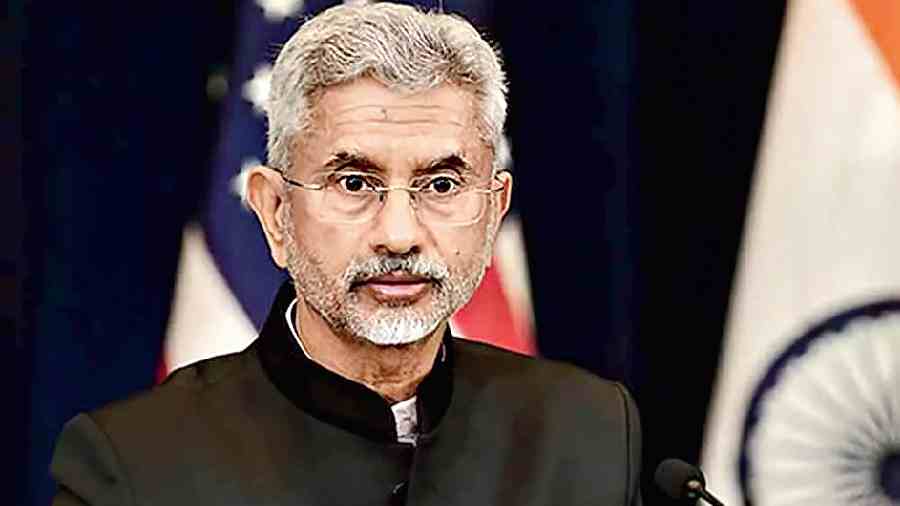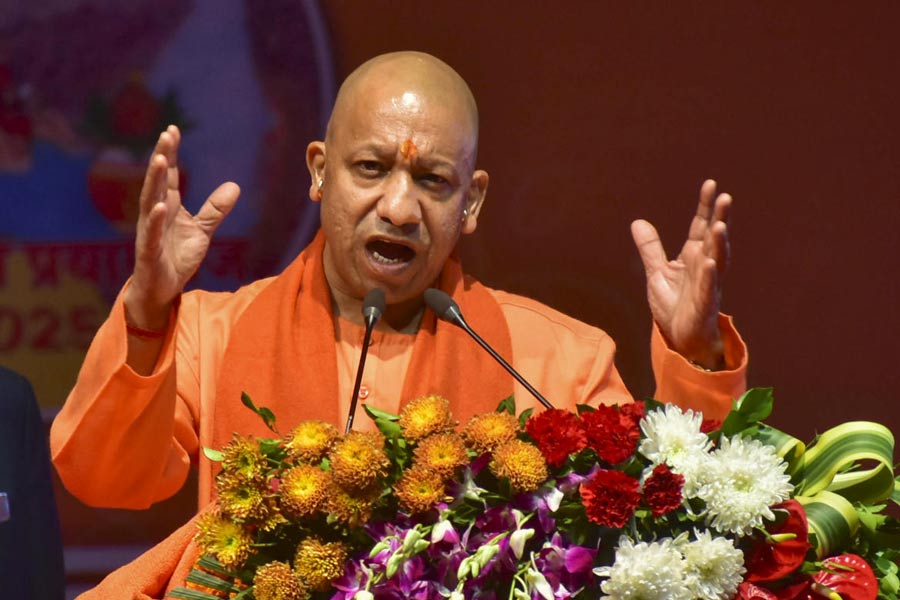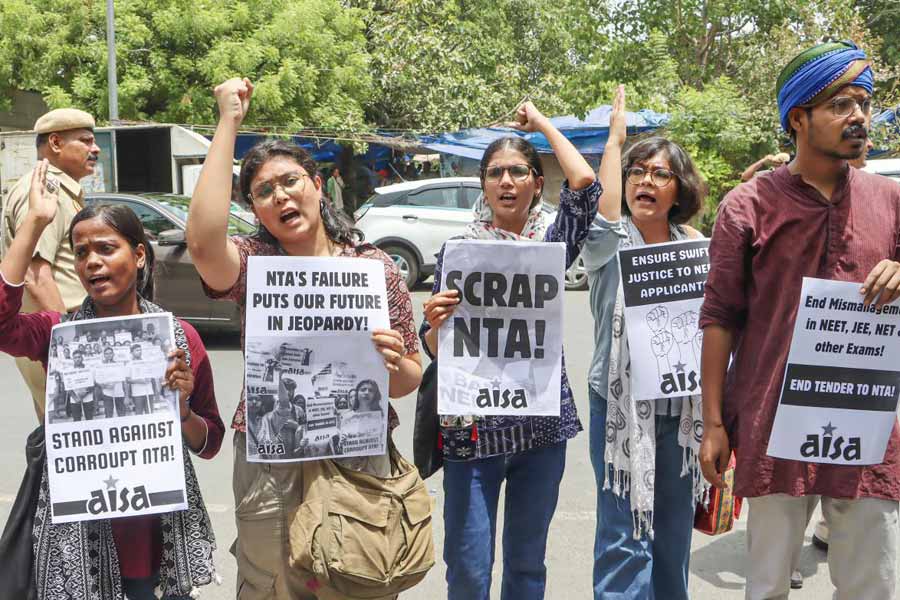While taking over the chair of the Group of Twenty, the Indian external affairs minister, S. Jaishankar, said New Delhi will seek to emerge as the “voice of the Global South” and work to “depoliticize” the global supply of food, fertilizers and medical products. India’s G20 chair was described by many commentators as an opportunity for India to act as a bridge between the Global South and the Global North.
One way of categorising the Global South is as a set of countries whose per capita income is below those of the 38 countries of the Organisation for Economic Co-operation and Development, which are commonly referred to as the Global North. In the past, homogenous labels such as developing countries or the third world were applied to countries with a relatively low per capita income, poor social-cumhealth indicators as well as a poor technological base. The labels had a political purpose as well, as most of these countries came from similar colonial exploitative experiences.
While mass poverty and poor living conditions still prevail in vast swathes of the developing world, particularly in Africa, South Asia and Southeast Asia, the reality of 2023 is different and defies binaries. Therefore, the context in which the term, Global South, is being applied today needs to be further unpacked to understand its present-day resonance, applicability and salience.
First, the context in which the term, Global South, is being mentioned is layered with an element of political realism. Today, there is no hesitancy to call out the hypocrisies of the Global North. The Global North could do little to stop Asian or African countries from importing Russian crude oil in the aftermath of the Ukraine crisis. India’s merchandise trade deficit with Russia has reportedly jumped 674% in the first half of this fiscal because of the import of discounted crude oil. While countries such as China, India or Indonesia may be clubbed within the Global South, as they have a greater proportion of poverty than those in the Global North, the reality is that their absolute economic and political global influence is more than at least twothirds of the OECD members. Size and scale are gradually becoming a determinant globally even with normal economic growth rate and are being translated into political projection.
Second, extricate the United States of America from the OECD countries and the Global North is bereft of influence, including in Europe’s backyard. Without the US’s support, Ukraine would have failed to push back the Russian assault. In 2022, the Joe Biden administration and the US Congress have reportedly directed nearly $50 billion in assistance to Ukraine, which includes humanitarian, financial, and military support. The crises in Syria, Afghanistan or even Myanmar underline the collective limitation of the united Global North’s action and approach.
Third, in multilateral settings, member states come together and state their positions unitedly. The Group of 77 is a consistent reality in various multilateral political platforms. The same is the case with multilateral economic platforms such as the World Trade Organization. The label of developing countries is often invoked in inter-governmental negotiations on climate change to stress the principles of equity and ‘common but differentiated responsibilities’. That is why the homogenous term, Global South, may continue to be invoked by diplomats from countries such as China and India to serve their national interests in a limited context.
However, the current complexity of the international economic landscape cannot be explained by binary frameworks. For instance, there are several intra-regional arrangements in place and the success of new forums such as the Indo-Pacific Economic Framework for Prosperity, which transcend the frameworks of the Global North and the Global South, will be demonstrated by how far it is able to synergise with them. For instance, the Asean, a political and economic union of 10 member states of Southeast Asia, has its own treaties/declarations. In terms of demonopolising supply lines, which seems to be one of the lessons that many countries learnt from the pandemic, the IPEF is merely a push to the ongoing trend in the Indo-Pacific region, including Asean, for more than a decade. Many companies are shifting their manufacturing base from China and establishing their factories in Southeast Asian countries to take advantage of the lower labour costs. Asean countries like Indonesia, Vietnam, Cambodia, Laos and the Philippines are presently clubbed in the category, Global South. On the other hand, China continues to enhance its footprint in Africa, Asia and Latin America. At the same time, China employs the narrative of protector of the interests of the Global South or developing countries, including as a P-5 member of the United Nations Security Council, with a lot of ingenuity.
Four, the structural dominance of a few in the international system can only be maintained by transcending the traditional Global North’s borders. For instance, in December 2021, Biden had hosted the first of the two Summits for Democracy, which also brought together leaders from 21 Asia Pacific and 17 sub-Saharan African countries. The ongoing engagement with African countries by China and the US may become another topical area of competition between the two. The United States–Africa Leaders Summit held last December is an example. It was seen as an exercise by the US to catch up with China’s massive two-decade investments in Africa and concomitant influence in the region.
Five, due to the sheer scale of the three countries, trade among the US, China and India belies the old assumptions of the Global North and the Global South. In 2021–22, bilateral trade in goods between the US and India crossed $119.42 billion whereas in the same period, the total value of the US trade in goods with China amounted to around $755.6 billion.
In the past, groupings like the G-77 or the Non-Aligned Movement forum were a response to a particular context. The use of similar frameworks, including the Global South, needs radical revision as applying them now will have a limited tangible value in understanding today’s complicated and fluid international order.
Luv Puri is the author of two books on Jammu and Kashmir, including Across the LoC











